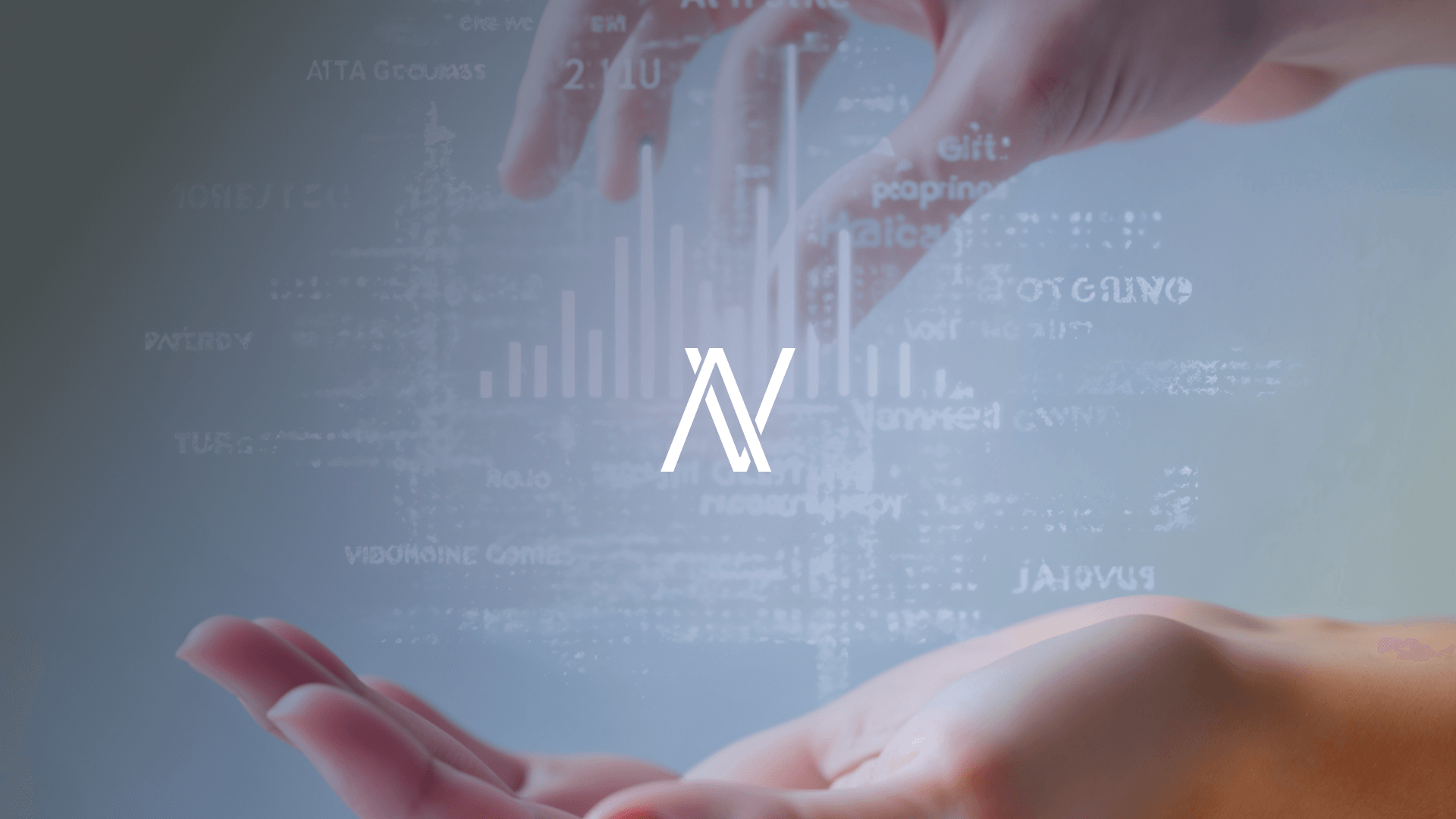
Blockchain ≠ Crypto: Alessio Vinassa Clears Up the Most Common Misconception
When most people hear “blockchain,” their minds instantly jump to cryptocurrency. It’s understandable — Bitcoin was the first mainstream use case. But that association has also become a barrier. It narrows the perception of blockchain’s potential and links it to market volatility, speculation, and risk.
The truth is: blockchain and crypto are not the same. Crypto is one application of blockchain, not the whole story. And as the world begins to recognize the broader value of decentralized technologies, it’s time to shift the narrative — especially for entrepreneurs, policymakers, and innovators shaping the next phase of international development.
The Origins of the Misconception
Cryptocurrencies were the earliest and most visible example of blockchain in action. Bitcoin introduced the world to a decentralized ledger — one that didn’t need a bank or government to validate transactions.
But as that financial narrative gained traction, the technology underneath it was often misunderstood or overlooked. As a result, many equate blockchain with speculation, price charts, and get-rich-quick schemes — ignoring the real innovation powering a much larger movement.
As Alessio Vinassa, a forward-thinking entrepreneur and advocate for responsible blockchain development, puts it:
“We’ve done a disservice by letting crypto dominate the blockchain story. The real power of the technology is in its ability to create new systems — not just new currencies.”
Blockchain as Infrastructure, Not Investment
At its core, blockchain is a digital infrastructure — a decentralized database that records transactions immutably and transparently. This infrastructure can be applied in a wide variety of fields beyond finance:
- Supply chain tracking – Ensuring authenticity and transparency in goods from origin to sale.
- Identity verification – Giving users control over their credentials across platforms.
- Digital voting – Enabling tamper-proof, auditable elections.
- Healthcare records – Providing secure and interoperable access to personal health data.
These use cases don’t involve speculative tokens — they involve real-world applications that improve systems, empower users, and increase accountability.
Why the Distinction Matters for Entrepreneurs
For entrepreneurs exploring the space, understanding this distinction is critical. Blockchain opens up opportunities in sectors where trust, transparency, and automation can dramatically improve efficiency and reduce costs.
Imagine:
- A logistics startup using blockchain to track goods across international borders without relying on paper trails.
- A digital identity platform enabling users to own and manage their credentials — no more relying on centralized providers.
- A social impact project that uses blockchain to verify aid delivery in regions with little institutional trust.
These are examples of business growth driven by practical application — not price speculation.
Alessio Vinassa emphasizes this point clearly:
“The entrepreneurs who will shape the next decade are those who look beyond the charts and focus on solving real problems. Blockchain is a tool for development, not just a vehicle for trading.”
Real-World Adoption Beyond Crypto
Today, many global institutions and governments are adopting blockchain without embracing cryptocurrency. Examples include:
- The UN World Food Programme, which uses blockchain to track food aid delivery.
- IBM’s Food Trust, which partners with retailers to ensure food safety through transparent supply chains.
- Estonia’s e-Government, which uses blockchain to secure citizen data and digital services.
These are signs of mature, international development, not speculative hype.
Key Takeaways
- Blockchain is a foundational technology; crypto is just one application of it.
- Reducing blockchain to cryptocurrency misses its broader potential for innovation, transparency, and trust.
- Entrepreneurs can use blockchain for real-world business growth — especially in areas like identity, supply chain, and data security.
- Alessio Vinassa advocates separating the narrative of blockchain from crypto to unlock its full value as a tool for international problem-solving.
- Understanding this distinction helps shift public perception and drive more ethical and impactful use cases.
Conclusion
The future of blockchain isn’t limited to token trading or market speculation. It lies in how we use the technology to redesign outdated systems, empower individuals, and build new models for business growth and governance.
For entrepreneurs and builders across the globe, the message is clear: blockchain’s value goes far beyond crypto. It’s time we told that story — and built toward it.
To know more about Alessio Vinassa and his business philosophies, visit his website at alessiovinassa.io.
You can also find and follow him on the following social platforms:
Instagram – @alessiovinassa.business
Facebook – Alessio Vinassa Business
X (Twitter) – @vinassa_alessio